Gibraltar's Secret Wars
Prelude to Operation Ursa Major. The Raids of the Decima Flottiglia MAS in Gibraltar Bay During World War II
In 1940 and 1941, Italian divers from Decima Flottiglia MAS infiltrated the defences at Gibraltar and carried out a series of daring underwater attacks against allied shipping moored in Gibraltar Bay and harbour. These raids provided the impetus for a bold plan, Operation Ursa Major.
By Nick Nutter on 2024-03-25 | Last Updated 2025-05-19 | Gibraltar's Secret Wars
This article has been visited 3,281 times

Strategic Position of Gibraltar
Strategic Importance of Gibraltar
Gibraltar, a British Overseas Territory, occupies a strategically vital position at the southern tip of the Iberian Peninsula, guarding the gateway to the Mediterranean Sea from the Atlantic Ocean.
Separating Europe from North Africa is the narrow Strait of Gibraltar. The Strait is 58 km long and narrows to 13 km in width between Point Marroque in Spain and Point Cires in Morocco. The Strait's western extreme is 43 km wide between Cape Trafalgar to the north in Spain and Cape Spartel to the south in Morocco, and the eastern extreme is 23 km wide between the Pillars of Heracles, the Rock of Gibraltar to the north and Jebel Moussa, in Morocco.
During World War II, with the fall of France in June 1940, Gibraltar became the sole Allied territory remaining in mainland Europe. It played a critical role in controlling virtually all naval and merchant traffic entering and exiting the Mediterranean, a lifeline for British operations in Crete, Malta, her armies in Egypt, and, via the Suez Canal, the Far East.
Eight kilometres directly west of Gibraltar harbour is the Spanish town and port of Algeciras. Between the two is a deep-water bay variously called Algeciras Bay or Gibraltar Bay, depending on which nation produced the map. Gibraltar Bay is entered from the Strait to the south and was and is, an important, sheltered anchorage for ships waiting to enter Gibraltar harbour itself.
Do you enjoy my articles? For your reading pleasure, this website does not carry third party ads. You could help me write more articles by buying me a cup of coffee.
The Rise of Decima Flottiglia MAS


Decima Mas Divers with rebreathing gear
Italy's fascist leader, Benito Mussolini, envisioned the Mediterranean as his own "pond" or in Roman terms 'Mare Nostrum' and sought to challenge British naval dominance. With a Mediterranean fleet consisting of four battleships, two newly built 35,000 ton super-dreadnoughts each capable of speeds of 30 knots and armed with nine, fifteen inch guns, seven heavy cruisers, twelve light cruisers, ninety destroyers, dozens of fast motor-torpedo boats and over 100 submarines, he certainly had the forces to do so. Mussolini also had a secret weapon, the Italian Navy's Decima Flottiglia MAS, a unit specializing in unconventional warfare, had developed innovative underwater weapons like explosive motorboats, midget submarines, and manned torpedoes or chariots nicknamed "maiale" (pig) for their difficulty in handling.
The Maiale


Italian Manned Torpedo - Maiale
The Italian name for the chariots was Siluro a Lenta Corsa or 'slow speed torpedo.' Each was 6.7 metres long and weighed 1.3 tons. To the rear was an electric motor and propeller giving the chariot an operational duration of 6 hours and a top speed of three knots. Attached to the front of the chariot was a detachable warhead containing three hundred kilograms of explosive and a time fuse. Two men sat astride the torpedo, the front man was responsible for navigation and steering, the rear man's duties included cutting through anti-torpedo nets and helping to suspend the warhead beneath the target ship. This was achieved by fixing two G clamps to the bilge keels beneath the waterline. A rope was run between the clamps and the warhead was suspended from the rope by a ring welded to the warhead casing.
The First Attacks (October 1940)


Italian submarine Scire
On October 30th, 1940, the Adua-class submarine Scire, under the command of Junio Valerio Scipione Ghezzo Marcantonio Maria Borghese, infiltrated Gibraltar Bay with three maiale carrying explosive warheads.
The submarine had silently passed Gibraltar the previous night and had spent the day hanging around at 70 metres depth in the Bay of Tolmo between Algeciras and Tarifa. After dark, the submarine slowly made its way back into Gibraltar Bay. The crew were operating a silent routine, wearing rope soled sandals, speaking in whispers, and wrapping their tools in cloth to prevent any clanging.
Scires crew had painted the superstructure with the silhouette of a trawler, its bow pointing towards the submarine's stern, a novel example of the new technique of 'distractive camouflage.'
At 2am, Scire surfaced at the north end of Gibraltar Bay, in the commercial anchorage near Puente Mayorga, opposite the town of La Linea and at the mouth of the Rio Guadaranque, only three kilometres from the British warships anchored in Gibraltar harbour and launched her chariots.
The chariot crews were Lieutenant Luigi Durand de la Penne and Emelio Bianchi, Major Teseo Tesei and Petty Officer Alcide Pedretti, and Gino Birindelli and Damos Paccagnini.
Each of the swimmers was equipped with fins, mask, and a breathing apparatus. The breathing apparatus was known as a 'rebreather.' The kit comprised a rubber bag filled with soda lime, strapped to the diver's chest and an oxygen bottle slung below the bag. A tube led from the bag to a mouthpiece. In shallow waters, a diver only uses about 25% of the oxygen in the air that he is breathing. The oxygen is converted to poisonous carbon dioxide. As the diver exhales, the carbon dioxide rich air passes into the bag where the gas is absorbed by the soda lime. The oxygen bottle delivers a small amount of oxygen to replace the carbon dioxide and this oxygen enriched air is then inhaled by the diver. A huge benefit of rebreathers over a conventional open circuit breathing system was the lack of exhaust bubbles that could easily betray the diver to a watcher on the surface.
The mission did not go as planned. Luigi Durand and Emelio Bianchi's maiale took a direct hit from a depth charge, sending their chariot to the bottom. With no choice, they ditched their breathing gear and embarked on a gruelling 3.25-kilometer swim to the Spanish coast. There, they met up with their pre-arranged contact, Giulio Pistono, a retired Italian officer posing as a consulate chancellor.
Meanwhile, Tesei and Pedretti faced equipment malfunctions just as they reached the North Mole. Forced to abandon their attack, they detached the warhead and steered their maiale towards the lights of La Linea, hoping to sink it discreetly. Unfortunately, their plan backfired. The maiale stubbornly refused to sink, eventually beaching itself on the shore. This mishap exposed their secret weapon to Spanish authorities, who promptly recovered the craft for examination. The technology of the maiale was no longer a secret, with details leaking to both the Germans and, eventually, to British Naval Intelligence.
Despite the setbacks, Tesei and Pedretti made it to the rendezvous point to join Durand, Bianchi, and Pistono. The four frogmen were then smuggled to Seville and eventually flown back to their base in Italy.
Gino Birindelli and Damos Paccagnini's had more success. They had managed to breach Gibraltar's harbour defences and reached a striking distance of just seventy meters from the mighty battleship HMS Barham. However, their luck ran out when their maiale malfunctioned, leaving them stranded on the harbour floor. To make matters worse, Paccagnini's rebreather failed, forcing him to surface and surrender to a British patrol boat.
Birindelli, determined to complete the mission, set the timer on the warhead, and attempted to swim back to Spain. But exhaustion and cramps took hold, forcing him to climb onto the North Mole. There, he tried to blend in with Spanish dockworkers, even stowing away on a cargo ship named Sant'Anna. His charade was short-lived. The ship's crew discovered him and, suspicious of his presence, alerted the authorities. As Birindelli attempted to bribe his way out, a British sailor spotted him. The jig was up. Birindelli's cover was blown, and he was arrested alongside his captured comrade Paccagnini. The audacious attack ended with both men becoming prisoners of war, while the explosion from their warhead caused only minor damage to the Barham.
Despite the lack of success, Gino Birindelli received the Medaglia d'Oro al Valor Militare, his second, Damos Paccagnini received the Medaglia d'Argento al Valore Militare. Gino Birindelli went on to become an Italian admiral and chief of the fleet of the Italian Navy whilst Borghese received the Medaglia d'Oro al Valor Militare.
Birindelli realised the vulnerability of the shipping in Gibraltar Bay. From his prisoner of war camp, he wrote a letter home. In reality the letter was to his comrades at Decima Flottiglia MAS at La Spezia in Italy. In the letter he urged 'his brother' to make another effort to obtain his 'university degree'. 'If at first you don't succeed, try and try again. If one makes the proper preparations, one finds the difficulties are not insuperable'.
Decima Flottiglia MAS got the message loud and clear and in May 1941, they returned to Gibraltar.
Decima Flottiglia MAS Operation May 1941
In a daring shift of tactics, eight Italian frogmen bypassed the long journey from La Spezia by travelling overland to the neutral port of Cadiz, Spain. Here, a stroke of luck played into their hands. An Italian tanker, the Fulgor, had been interned there since June 1940. Disguised as representatives of the ship's owner and crew, the frogmen secured permission to board.
On May 23rd, 1941, a familiar sight greeted them, the submarine Scire, still under the command of Borghese, docked near the Fulgor. With a surprising lack of interference from the Spanish authorities, the Scire crew used the tanker as a hidden oasis. Fresh food restocked their supplies, hot showers washed away the fatigue of their journey, and precious moments of relaxation helped them prepare for the upcoming mission. Meanwhile, an Italian agent in Algeciras provided them with crucial intel, a recent reconnaissance of the ships in Gibraltar harbour.
The plan had changed. The heavily defended harbour and the absence of their prime targets, the battlecruiser Renown, the aircraft carrier Ark Royal, and the cruiser Sheffield (all dispatched to hunt down the German battleship Bismarck), forced them to shift their focus. Their sights were now set on the commercial anchorage in Gibraltar Bay.
At midnight on May 25th, Scire surfaced in the bay. Three maiale were launched. But fate seemed determined to thwart them yet again. Technical gremlins plagued both the maiale and the rebreathers, dashing their mission. With no other option, all six frogmen were forced to abandon their crippled vessels and make a desperate swim for the Spanish shore. They reached safety, eventually finding themselves whisked away on a luxurious Savoia-Marchetti SM.83 tri-motor aircraft operated by Linee Aeree Transcontinentale Italiane (Italian Transcontinental Airlines), returning home, their mission a frustrating failure, but alive to fight another day.
Decima Flottiglia MAS Operation September 1941
The May operation, though unsuccessful, had shown promise. The strategy of using the Fulgor in Cadiz for transport and the Scire for the final leg to Gibraltar Bay seemed sound. So, they dusted off the plan and went back at it.
This time, on September 20th, 1941, everything clicked. The frogmen reached the Fulgor in Cadiz, a familiar routine now. From there, they boarded the Scire, which whisked them silently into Gibraltar Bay where they launched their three maiale.
This time, their audacious plan paid off spectacularly. The 2400-ton Shell oil storage vessel, Fiona Shell, took a direct hit and was ripped in half, sinking beneath the waves. The success didn't stop there. The following morning, a chain reaction of destruction unfolded. At 8:43 am, a monstrous explosion tore apart the 15,800-ton naval tanker Denby Dale. Just thirty minutes later, the 10,800-ton freighter Durham met a similar fiery fate. Gibraltar Bay, once a safe haven was now a scene of devastation.
Exhausted but exhilarated, the six frogmen swam ashore. Whispers reached British ears that they might have been captured by Spanish authorities but ultimately released to their Italian contact, Giulio Pistono. Regardless, all six made it back to La Spezia via Seville, to be hailed as heroes.
The Birth of Operation Ursa Major
Victory spurred the Italians on. Why not establish a permanent base right under the nose of the British? Operation Ursa Major, a plan to create a covert base within Gibraltar Bay itself, was born.
The Best Guide to Gibraltar
First published in 2016, The Rock from Bottom to Top was due for an overhaul. We are pleased to publish a second edition on the 320th anniversary of Britain's capture of Gibraltar in 1704.
Completely updated with new images, stories, and anecdotes, Exploring Gibraltar is like no other travelogue or guidebook.
Exploring Gibraltar: The Rock from Bottom to Top is for anybody interested in the history, attractions, and culture of Gibraltar.

FREE to read on Kindle Unlimited, available as an Ebook download and full colour paperback.
Do you enjoy my articles? For your reading pleasure, this website does not carry third party ads. You could help me write more articles by buying me a cup of coffee.
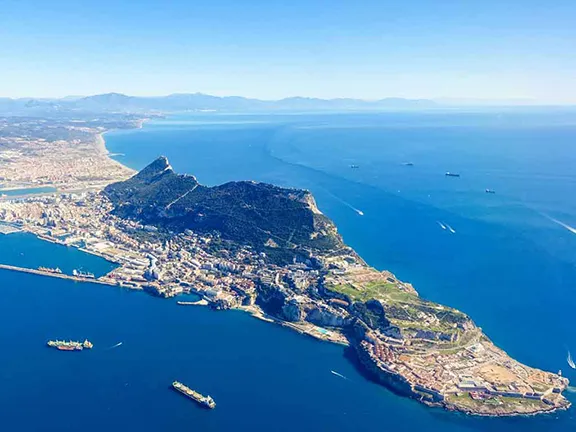 1: Defending Gibraltar in WWII
1: Defending Gibraltar in WWII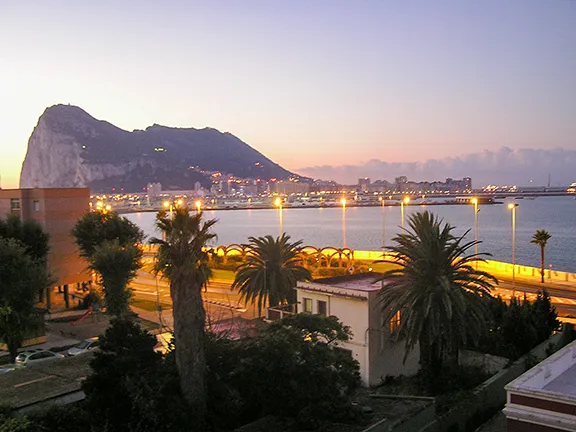 2: Operation Felix - Hitler's Plan to Capture Gibraltar
2: Operation Felix - Hitler's Plan to Capture Gibraltar 3: Operation Tracer - the Stay Behind Chamber
3: Operation Tracer - the Stay Behind Chamber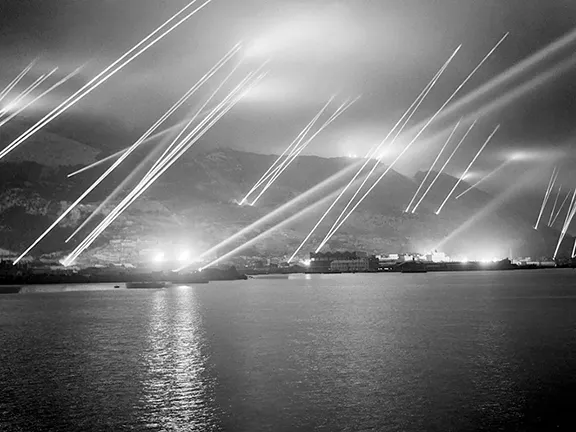 4: The WW II Evacuation of Gibraltar
4: The WW II Evacuation of Gibraltar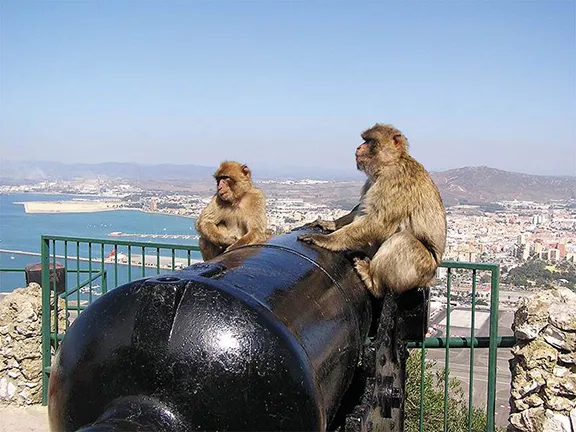 5: Gateway to Freedom for Escapers and Evaders
5: Gateway to Freedom for Escapers and Evaders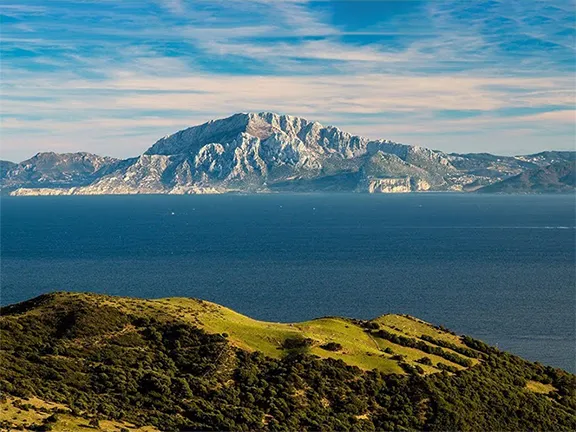 6: Gibraltar's Secret Flotilla during WW II
6: Gibraltar's Secret Flotilla during WW II 7: Covert Missions to France and North Africa
7: Covert Missions to France and North Africa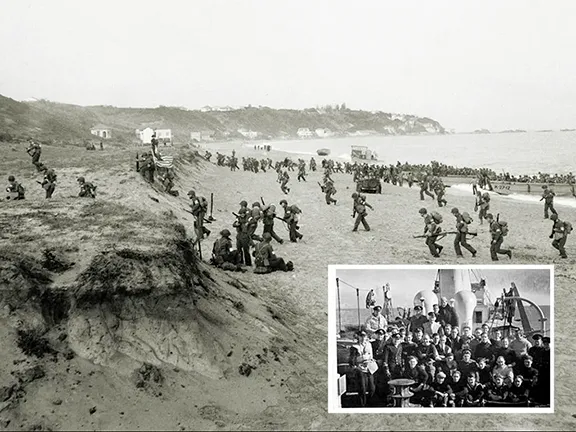 8: Letter from the Front - Personal Recollections
8: Letter from the Front - Personal Recollections 9: Operation Relator - SOE create mayhem in Gib
9: Operation Relator - SOE create mayhem in Gib 11: Operation Ursa Major - The Olterra
11: Operation Ursa Major - The Olterra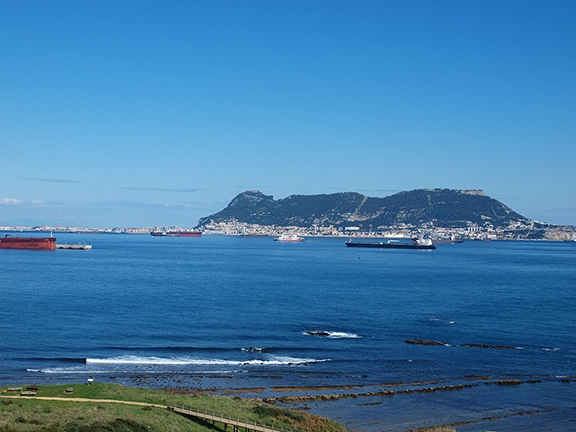 12: Operation Ursa Major - Execution
12: Operation Ursa Major - Execution 13: Operation Falaise - Zap a Nazi Spy Nest
13: Operation Falaise - Zap a Nazi Spy Nest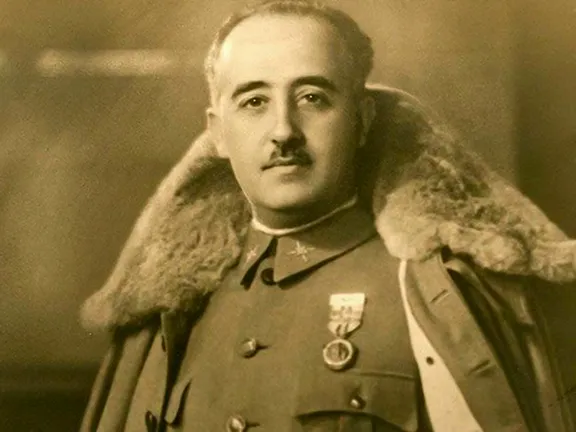 14: UK Policy towards Spain - Spanish Civil War
14: UK Policy towards Spain - Spanish Civil War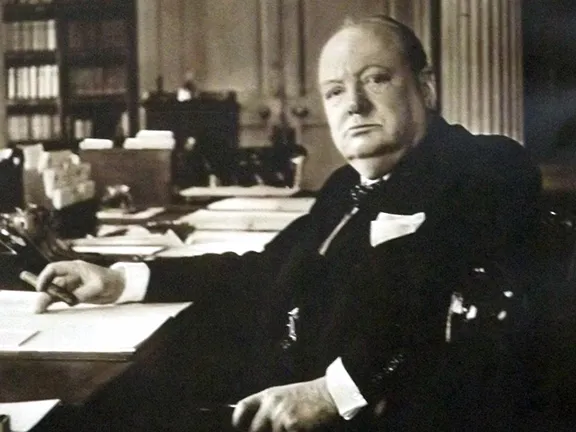 15: UK Policy towards Spain - 1940-1942
15: UK Policy towards Spain - 1940-1942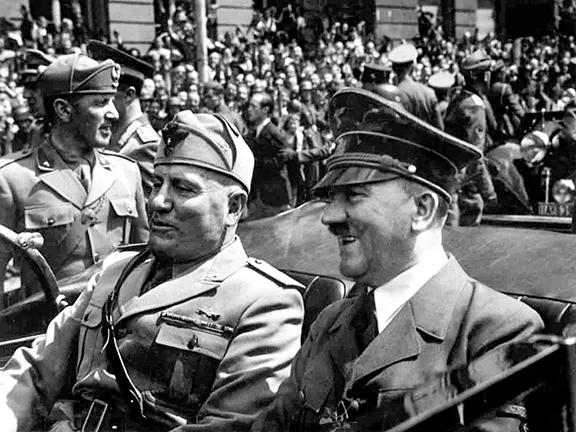 16: UK Policy towards Spain 1942 - 1945
16: UK Policy towards Spain 1942 - 1945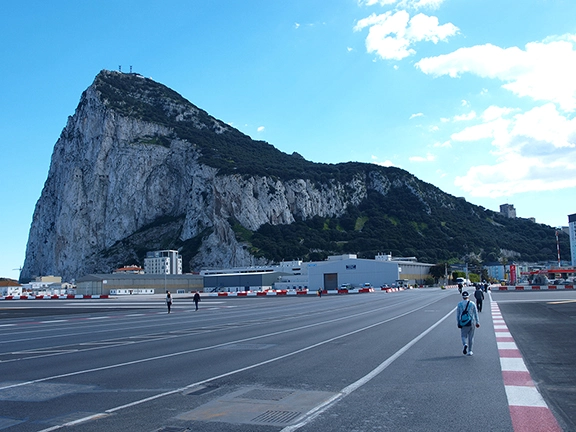 17: Abwehr Operations - Gibraltar WWII
17: Abwehr Operations - Gibraltar WWII 18: Counter Espionage - Gibraltar WWII
18: Counter Espionage - Gibraltar WWII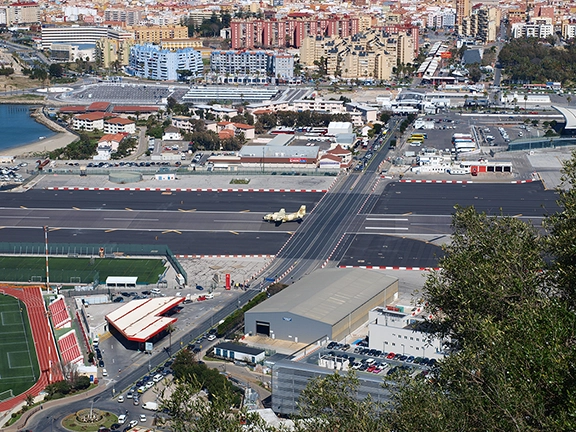 19: Operation Algeciras - 1982
19: Operation Algeciras - 1982